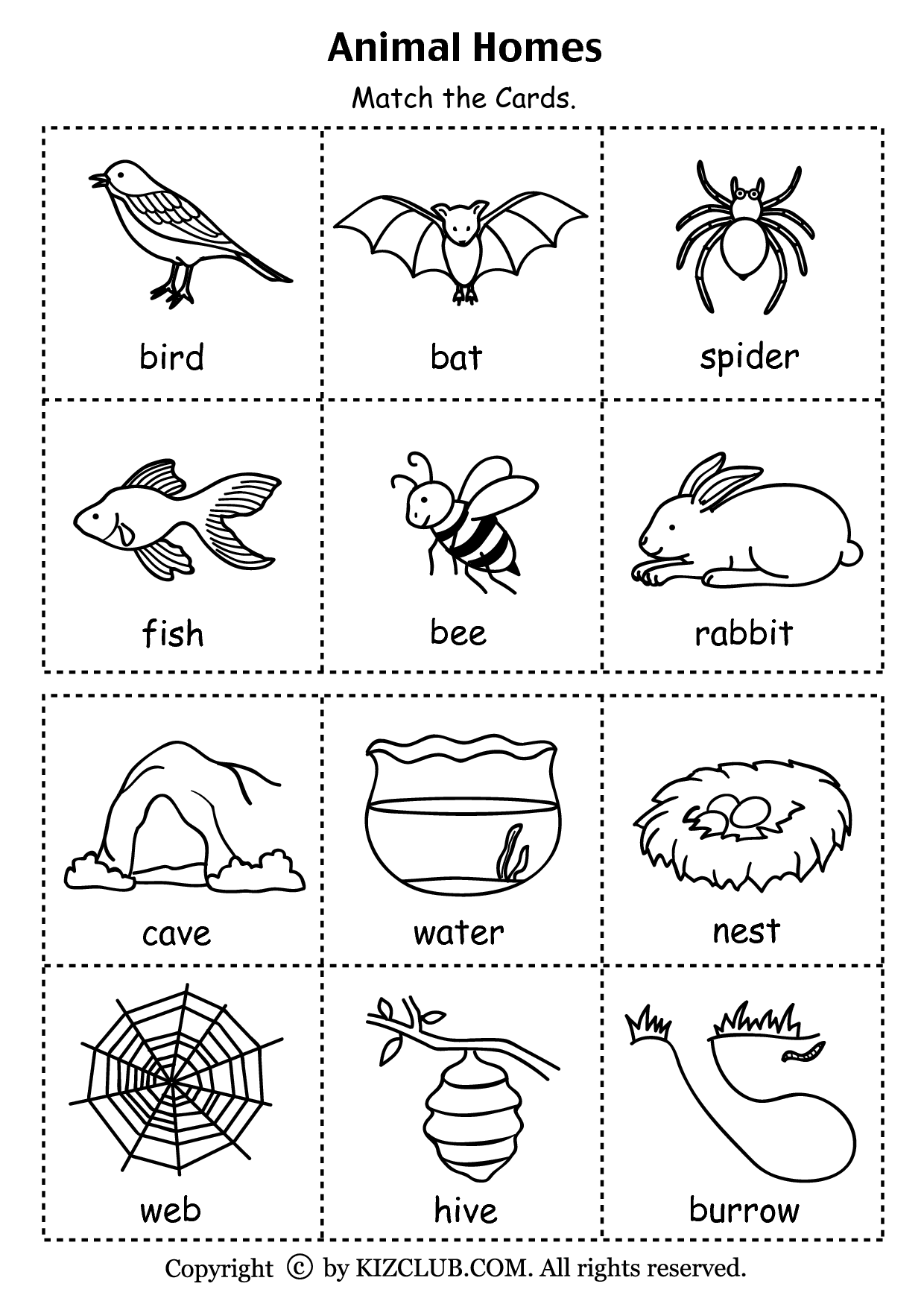
7 Second Grade Habitat Worksheets /
Featuring PowerPoint presentations, worksheets and games, perfect for teaching about living things and their habitats to Year 4 students. Using interactive games and colourful, hand-drawn illustrations, this unit pack is a really engaging tool to use when teaching your children all about living things and their habitat.

Living things and their habitat bundle year 2 Teaching Resources
This brilliant unit pack includes all the lesson packs and home learning resources included in the PlanIt Science unit 'Living Things and Their Habitats' for Year 2. In this unit children will learn about a variety of habitats and the plants and animals that live there. They will learn to tell the difference between things that are living, dead.

KS2 Biology Living Things & Their Habitats Resources For Dyslexics
All Worksheets; year-2; Science; Assessments; Y2 Living things and their habitats assessment; Prev Next. Year 2 Science. 1. Y2 Living things and their habitats assessment. Year 2 Science. 2. Y2 Plants assessment.. Living things and their habitats. Max Possible Score: 24. Age Range: 6 - 7. Colour. Colour; Black & White.

This brilliant unit pack includes all the lesson packs and home
12. Dark hide- away area (ideal for newts, slugs, snails, etc) Resources. Posters showing the different types of scientific enquiry. Signs around wildlife area indicating things for children to study. Signs for 'run-around' game: 'living', 'non-living', 'movement', 'growth', etc.
Animal Habitats Worksheets for Grade 14
Science: Living Things and Their Habitat: Making New Plants 1 Year 5 Lesson Pack 1. 4.5 (12 reviews) Science: Living Things and Their Habitats: Making New Plants 2 Year 5 Lesson Pack 2. 4.9 (8 reviews) Science: Living Things and Their Habitats: Microorganisms Year 6 Lesson Pack 4. 4.9 (25 reviews)

Year 2 Living Things and their Habitats Knowledge Organiser! Teaching
This brilliant unit pack includes all the lesson packs and home learning resources included in the PlanIt Science unit 'Living Things and Their Habitats' for Year 2. In this unit children will learn about a variety of habitats and the plants and animals that live there. They will learn to tell the difference between things that are living, dead and things that have never been alive, and apply.

Living things and their habitat bundle year 2 Teaching Resources
Our year 2 science worksheets cover the core areas of the science curriculum including physical processes, uses of everyday materials, plants and animals, and much more. Your child will have fun learning about the life cycle of a butterfly and understanding basic circuits. We also have word searches related to force and movement, materials, and.
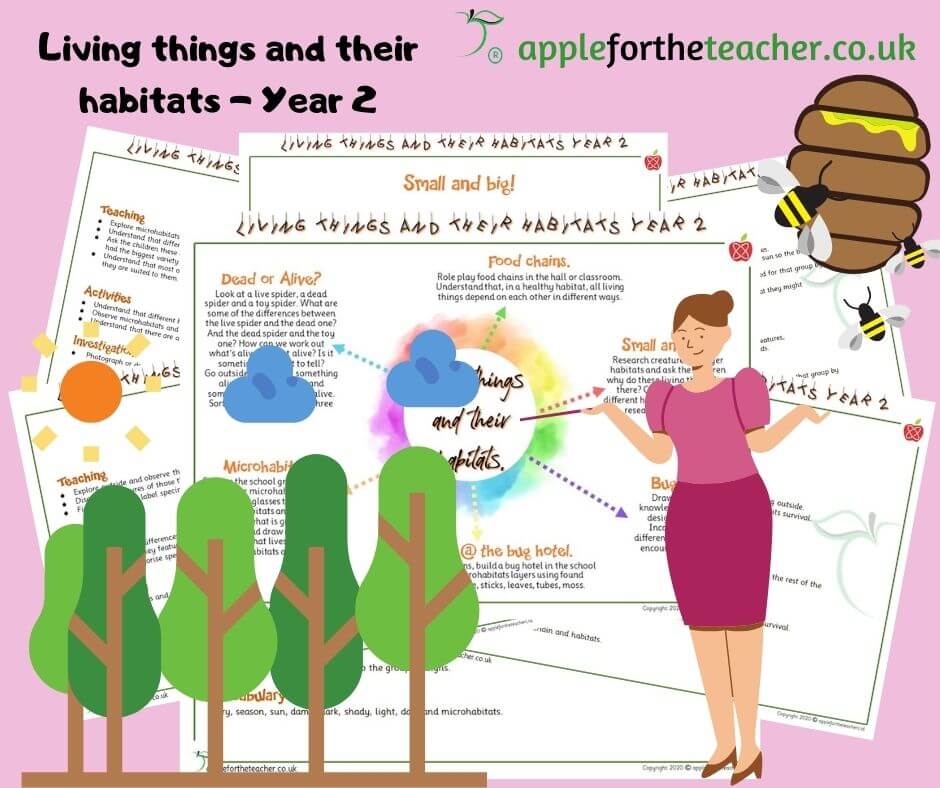
Living Things and Their Habitats Planning Year 2 Apple For The
Check children's knowledge of the basic needs of living things with this worksheet. Can they sort the basic needs based on whether they apply to. More info. Quick View. Things That Used to be Alive (Year 2). Super Senses — How Animals are Suited to Their Habitats (Year 2) Living Things; Key Stage 1 Science; PDF;

Year 2 Science Living things resource pack powerpoints, planning
Living Things and their Habitats planning Living Things and their Habitats teaching resources Lesson 1 - Common Characteristics of All Living Things Lesson 2 - Living, Dead and Never Alive Lesson 3 - Food Chains Lesson 4 - Producers, Consumers and Decomposers Lesson 5 - Identifying Mini-beasts Lesson 6 - Data Handling with Mini.

Printable Animal Habitats Worksheets
Year 2 Living Things and Their Habitats objectives include the following: explore and compare the differences between things that are living, dead, and things that have never been alive; identify that most living things live in habitats to which they are suited and describe how different habitats provide for the basic needs of different kinds.
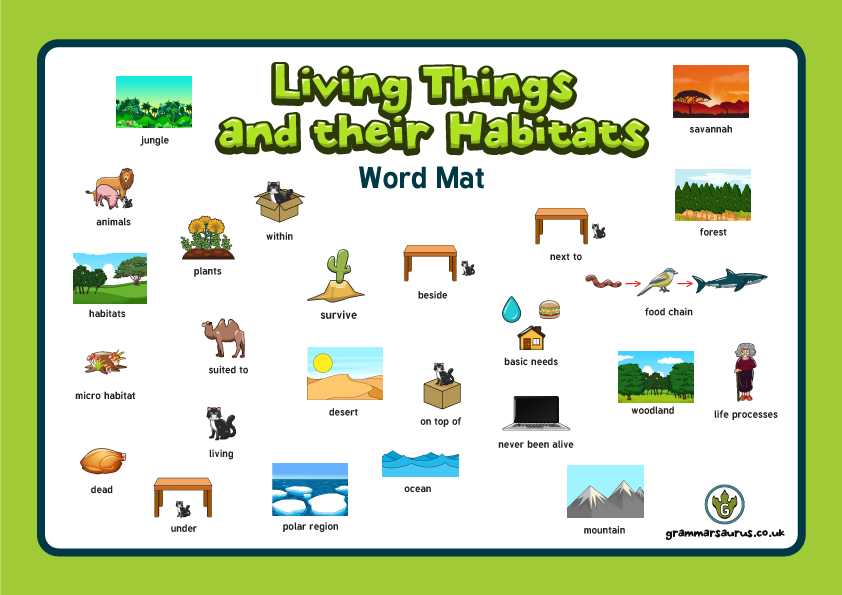
Year 2 Living Things and their Habitats Grammarsaurus
Lower ability to draw each food chain on a worksheet; higher ability to draw each food chain in their books Extension: Children to try to find all of the possible food chains. To access the complete Year 2 Living things and their Habitats planning, and all of the resources needed to teach it, visit:

Year 2 Science Vocabulary Living things and their habitats Primary
The different habitats we find around the world are captivating for children and this interactive activity with stunning photographs taps into this fascination. A great topic for home learning, this engaging Interactive PDF activity covers national curriculum aims for the Year 2 Living Things and Their Habitats science unit. With no need for printing, children simply select the correct answer.

Living Things and Their Habitats Activities Apple For The Teacher Ltd
Easy-to-use resources, illustrated to engage and excite Year 2. You'll find fact sheets, games and sorting activities, as well as a word search, map activity sheet and 'living, dead or never alive' activity sheet. These all help your children work towards learning objectives for Science in KS1. In this lesson, your pupils will learn about the.
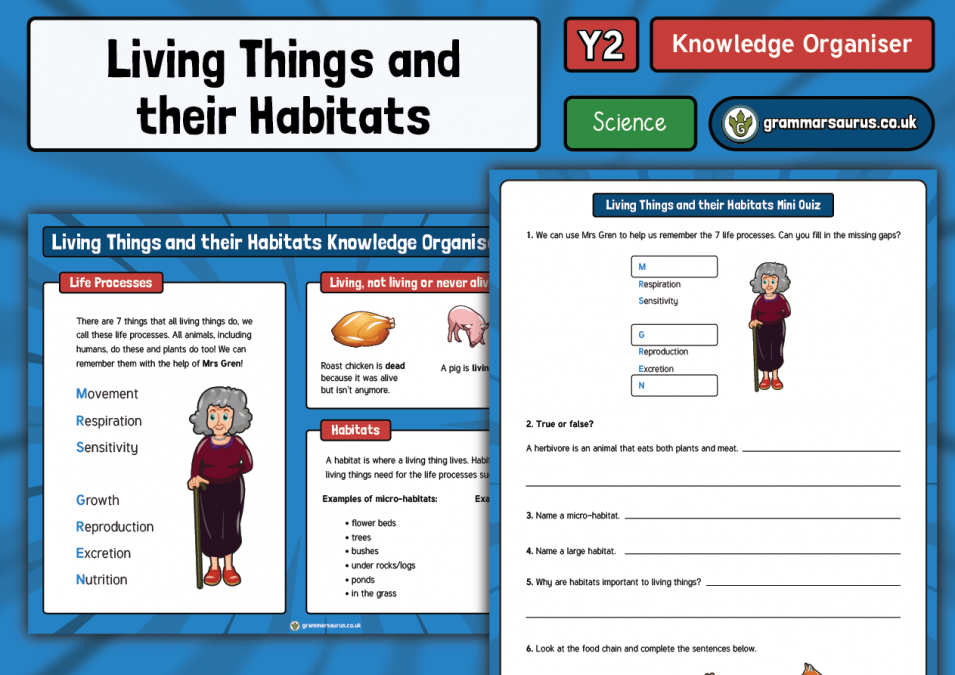
Year 2 Science Living things and their Habitats Knowledge Organiser
Living in Habitats - The Complete Series (6 lessons) £12.00. SKU S2CS30006. Key Stage 1 Living things and their habitats Science Year 2. Title. Add to cart. Checkout securely using your preferred payment method. Covering the living things and their habitats Year 2 curriculum objectives, this Living in Habitats scheme of work will help your.
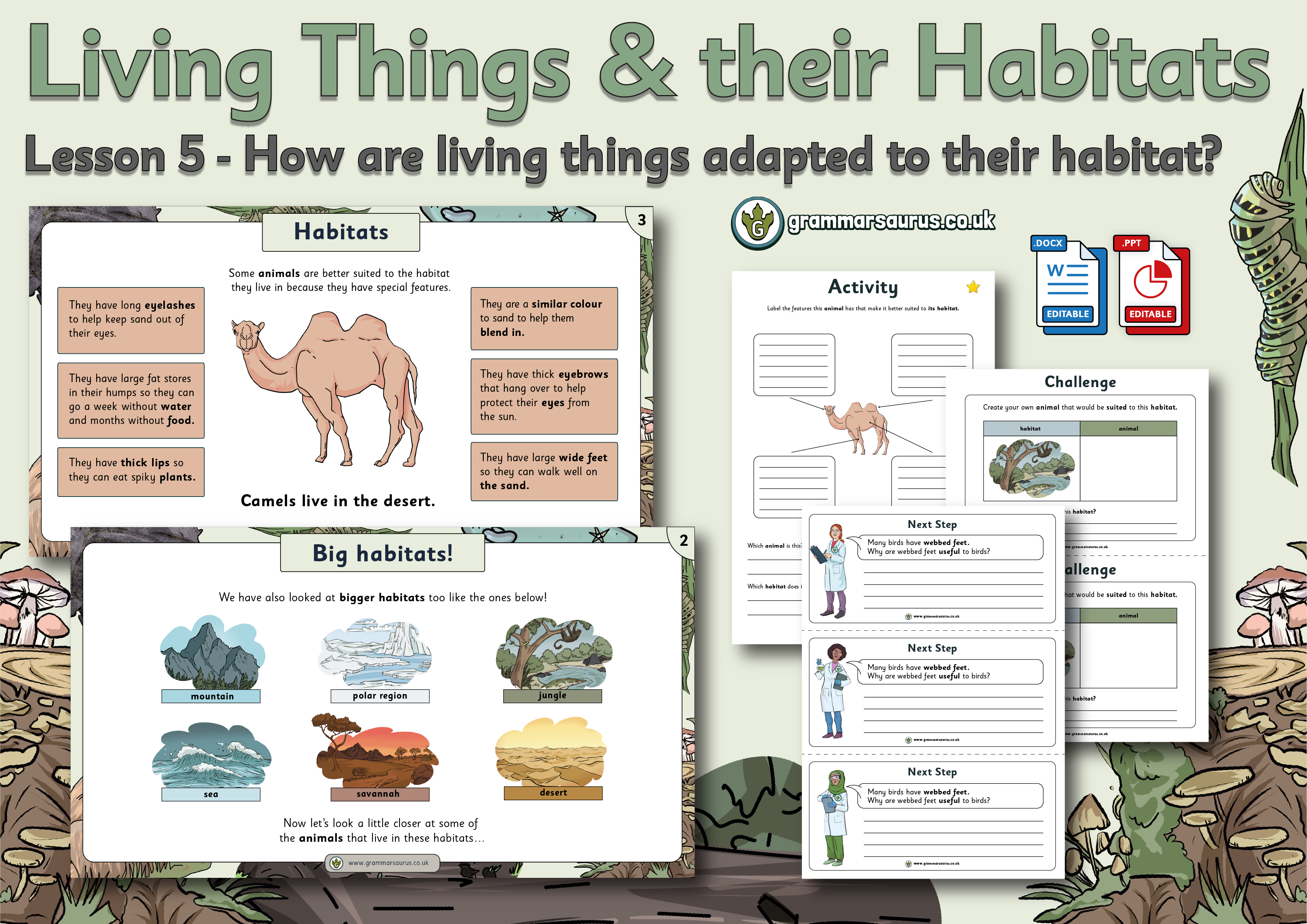
Year 2 Science Living Things and their Habitats How are living
Help children learn about animals, plants and their environments in Year 2 Science with the Living Things and their Habitats topic collection. You'll find helpful, easy-to-use resources like PowerPoints, worksheets and display materials - created by teachers following the 2014 National Science Curriculum.

Year 2 Science Living Things and their Habitats Habitats Around the
Statutory Requirements. 2a1: explore and compare the differences between things that are living, dead, and things that have never been alive. 2a2: identify that most living things live in habitats to which they are suited and describe how different habitats provide for the basic needs of different kinds of animals and plants, and how they.